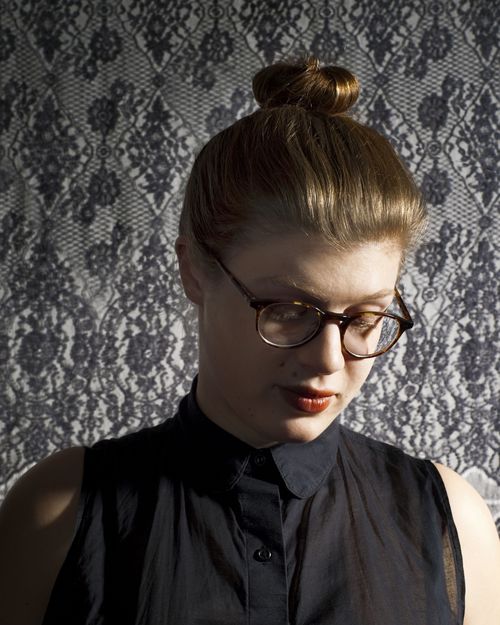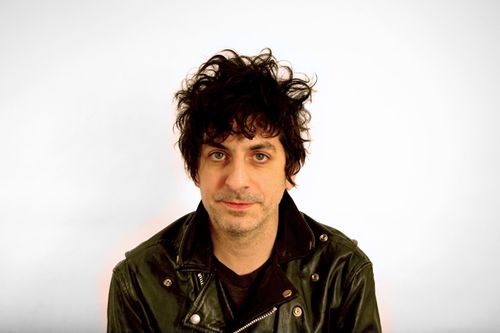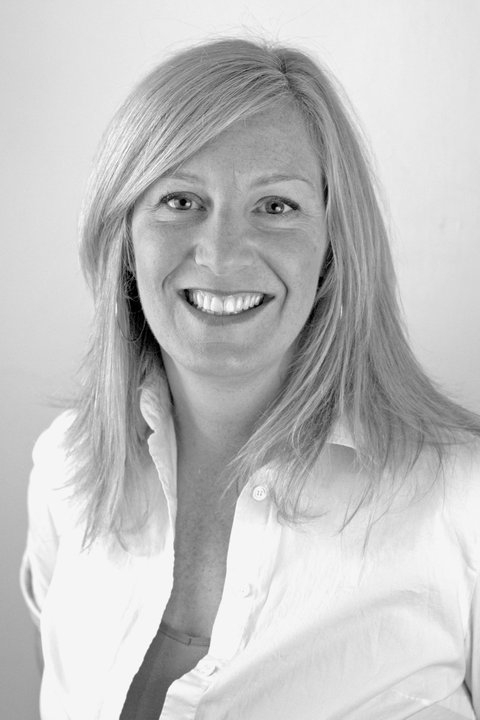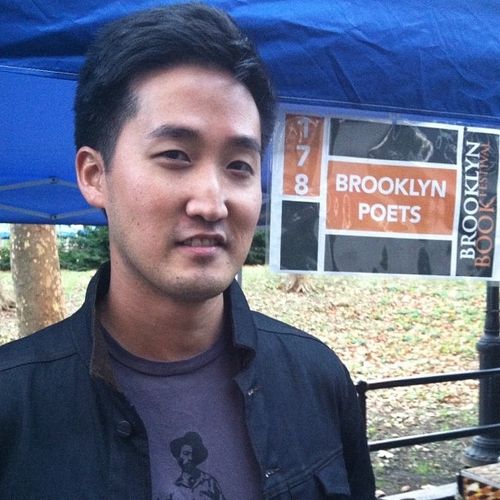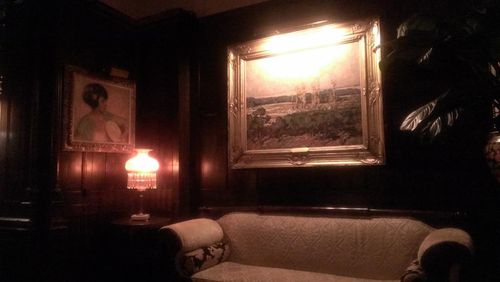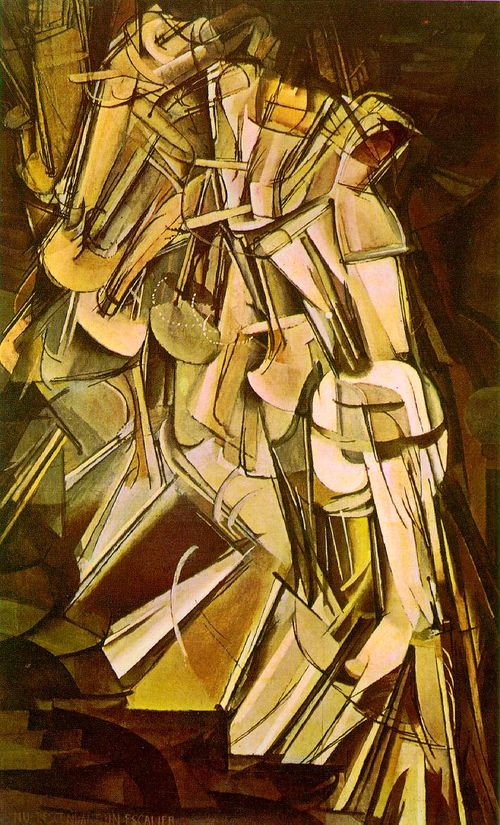
Dore Ashton
HYPERALLERGIC
February 12, 2013
Renowned Art Historian Dore Ashton Talks Art Criticism, the Art Bubble, and the Dedalus Foundation
by James Panero
Dore Ashton’s career as a writer, teacher, lecturer, journalist, and curator spans over six decades. Born in Newark, New Jersey, in 1928, Ashton earned her BA at the University of Wisconsin, Madison in 1949, studying for a time at the Fernand Leger School of Art in Paris. In 1950, she graduated Phi Beta Kappa with a Master of Fine Arts from Harvard University. She has received the Frank J. Mather Award for Art Criticism (1963), a Ford Foundation Award (1965), a Guggenheim Fellowship in the Humanities for Fine Arts Research (1964 and 1969), a National Endowment for the Humanities Grant (1980), and holds three honorary doctorates.
A contributor to numerous publications, she is the author and editor of over a dozen books on the artists of the postwar Abstract Expressionist period, many of whom she has known personally. She has served as a member on the boards of the Foundation for Education in the Arts, the John Simon Guggenheim Foundation, the International Association of Art Critics, Pen Club, and, from 1991 to 2012, the Dedalus Foundation.
This interview was conducted at the kitchen table of her East Village townhouse.
* * *
James Panero: You’ve been writing about art since the early 1950s. What advice would you give art writers today?
Dore Ashton: All I can say is that you should read great literature. As a writer, you have to know that it doesn’t matter who you’re writing about, but you have to be a great writer. Commenting on the first piece I wrote, the editor said, “You know, you write kind of like a journalist,” which was supposed to be a great insult. And then they went through and they started putting in phrases like “as it were.” I would never use such a phrase. But another thing I would say, that you have to build up this tremendous war chest of visual imagery. You need to be able to see a contemporary painting and its provenience.
JP: Are there critics you admire?
DA: I never read art criticism, ever. Once in a while I had a friend who would write who was also a painter, Andrew Forge. And I read Andrew, because he was a civilized man. Of course, he was a Brit, and generally they have a better education than we do. But otherwise, why should I read critics? They were just sort of pseudo-writers, me included, I guess.
JP: What relationshipdo you think critics or writers should have with the artists they’re writing about?
DA: We should know them very well in every aspect. If you’re interested in writing about someone, ask yourself, “What did he eat for breakfast?” Know everything you can about them. Firstly out of primary curiosity, but also out of a desire to see the person as an individual vis-à-vis his society and the environment he lives in. And that’s something that the great ones did. I mean, I’m not an admirer of [Erwin] Panofsky, but God knows he was a great writer about art.
JP: So does environment affect how artists create?
DA: If you’re interested in painting, then you want to know everything about it: the environment, what those guys are up against, and if you’re a woman, if there’s still discrimination out there. The women artists that I admired got plenty of attention; Joan Mitchell, Louise Bourgeois, and Louise Nevelson: I don’t think they were discriminated against at all. But of course the women got furious at me when I said those things. The feminist movement once sent a delegation to me — a very unattractive group of ladies in leather jackets and what-have-you. And I said very sweetly, “I’m not going to join you. The day you start advocating for working-class women, I’ll join you,” and they never did. The art world thing had nothing to do with other people or the welfare of human beings in general. Well, that’s my opinion, but I bet I’m right.
JP: You began by writing about the Abstract Expressionists. What did you think of Pop art?

DA: It was something that never interested me whatsoever; I was never interested in Pop art. The only artist who’s been associated with them that I admired is Claes Oldenburg, but I wouldn’t say he’s exactly a Pop artist either. So I just followed him and I wrote about him, but the others not so much. There were one or two that I was friendly to, but I never wrote about them. There was a terrific, interesting issue of Life Magazine when the big collector Robert Scull got rid of everything and bought a whole new collection. I thought, “This is America; that’s how it goes.” So no artist should feel comfortable. The artists that I knew were all twenty years older than me, like Rothko and Franz Kline and Bill de Kooning, and they knew the score; they didn’t have any confidence in the market. And also, the public was fickle, and Rothko was particularly sensitive about that. It contributed to whatever “made him do it.” And Kline didn’t live long enough; he lived just long enough to get his Ferrari, which he had always dreamed about, but that’s not who he was. Unfortunately, I had to work for a living, so I wasn’t able to stay up until three o’clock in the theater listening to Franz telling his stories. Midnight was about my curfew time.
JP: Because you were raising a family with two daughters. Did they become artists?
DA: No, although both of them were quite good at painting and drawing. One of them became a social worker, and the other, who lives off mommy, lives in a beautiful house in California and says now that she’s taking courses to do some kind of work. She has a son — he’s going to be 18 — and so I have only one grandchild.
JP: What do you make of the contemporary art world?
DA: First of all, there’s no such thing as the “art world.” There’s the commercial world, but would you put artists in the art world? Do they have any power? If they’re in the top three, then yes —
JP: Okay, what about this commercial world?
DA: Well, it’s unfortunate, but I think we’re heading toward a big depression.
JP: Meaning the “art bubble” will burst?
DA: Yes, I think so. Though it seems that in the Depression — the other depression — those dealers kept going.
JP: I’d like to turn now to your involvement with Robert Motherwell’s foundation, otherwise known as the Dedalus Foundation. You were a founding board member of the foundation and served there for over two decades. On March 17, 2012, you resigned after the New York Observerpublished a letter from you voicing “profound concern about the course the Dedalus Foundation has taken in recent years under the direction of Richard Rubin as Chairman, and Jack Flam as President.”
You went on to say, “I have serious questions about the manner in which Motherwell’s works are being authenticated, and am distressed by the resulting lawsuits that have arisen out of these authentications. A prime example is the lawsuit being waged against Motherwell’s assistant, Joan Banach, who challenged the Dedalus Foundation’s procedures and opinions. Ultimately, this reflects poorly on Motherwell himself, and, in my opinion, damages his legacy. I make these comments out of a sense of responsibility to the trust Motherwell placed in me, and out of respect for him as an artist and a friend.” Can you elaborate on your thinking?
DA: Bob is certainly twirling in his grave. First [in Dedalus’s case against Joan Banach], there’s all that nonsense about documentation. [Pointing to a work above the kitchen table] That’s an original Motherwell that Bob handed me, wrapped up in that day’s New York Times as I was leaving the studio one day, and I have no documentation. And most people don’t. Bob was extremely generous. There was this very interesting composer named Lucia Dlugoszewski, and Bob supported her — he paid her rent. And there was a very famous modern dancer, Erick Hawkins, who lived in an apartment across the hall, and I found out after Lucia died that they were married, and Bob supported both of them, among others.
I did an exhibition in Caracas about Motherwell and his very close friend David Smith. And when I went to get the money I was paid to do that show, I went home, opened the envelope, and saw that it was twice the amount we had agreed upon. So I called him and said, “Bob, there’s something wrong here — ” But he said, “I don’t want to hear about it,” and he hung up on me. That was the only time he hung up on me. And Joan has told me many times since that there are lots of things he did like that. That was something that we all knew about Bob, so it’s that much more disgusting that these sons of bitches are in charge of his future and how he goes down in history.
JP: Tell me a little bit about your memory of the early days of the foundation.
DA: First of all, I had watched the Rothko Foundation trial [of the 1970s], and I had told lots of people I would never go on any foundation. So Bob heard that, and I wasn’t notified that I was going to be on the foundation until after he died; the others had probably already been notified.
JP: Did he want you because you were skeptical of foundations?
DA: I don’t know; I think he was, like many artists, quite naïve.
JP: So you joined the foundation at the time of Bob’s death —
DA: The day that he died they put the thing in the mail telling me I was appointed with [John] Elderfield and Flam and David Rosand: those were the four originals that he appointed. Rosand because, like all painters, Bob was in awe of art historians; he deferred to them. I don’t think David was as evil as the others. But he went along with them because that’s where the power was.
JP: How were the early years of the foundation?
DA: In the early years they really couldn’t marginalize me because I was the one who knew Bob more than any of them, and Bob was very much my friend. They couldn’t really get away with that sort of thing, but they did get rid of, one by one, some of the other people. And they never messed with me then because I’m a writer, and I think they knew that I was not going to go silently into the past.
JP: What was your involvement over the years?
DA: Well, in the early years we had meetings monthly, and we’d discuss whatever needed to be discussed. It was only between three and four years ago that Jack finally succeeded in getting rid of everybody else and then turned his eye toward getting rid of me.
JP: Today, Jack Flam, the president of Dedalus, is also heading up the Motherwell catalogue raisonne project. But originally those jobs were separate, and Joachim Pissarro was in charge of the catalogue. What happened there?
DA: It’s part of the art historian–type rivalry, and they had originally given Pissarro a rather large stipend and I think they wanted to cut that out. And Pissarro was independent — he was a professor like me, and the only way they could get rid of him would be to pull some kind of stunt.
JP: What did they do?
DA: This is where I’m guilty. I really should’ve paid attention when they were crunching numbers. I could have asked Flam, “What kind of salary did you vote yourself?” but I never did.
JP: Were you surprised that Flam took over the catalogue?
DA: At the time, I didn’t really know very much about what was going on with the catalogue. I did have a friend who was doing a catalogue all by himself, but Dedalus had a room of about eight people, with everyone taking a piece of the pie. So I never figured out why they needed that many people. Also, they didn’t feel like they needed to inform people like me on the board of what they were doing. I was suspicious when Richard Rubin brought in his son-in-law [Morgan Spangle, now a director and employee of Dedalus], and I was so stupid not to have questioned it, but they didn’t ask me. But whenever I thought Bob’s name was being sullied I did intervene, and there were a variety of other small things that I did question. For instance, when they decided to fire Joan, they did it on the Friday of Labor Day weekend, and they had a conference call. I was in East Hampton and I got on the call one minute late, and they tried to eliminate my vote because I wasn’t there for the whole meeting. But it didn’t make any difference; Joan and I were the only two votes for Joan. They obviously had cooked it up very well long before they ever called me.
JP: Why was Joan Banach fired, and why do you think Dedalus has been in litigation with her for over three years?
DA: Joan was still working there, and she got a call from Jack Flam saying, “Joan, I want you to come over to Christie’s; there are two fake Motherwells I want you to look at.” And she made the foolish mistake of saying, “No, they’re not fake. They’re mine. I’m putting them up for sale.” And from that moment on she was doomed.
JP: Why?
DA: I think he’s a bit paranoid.
JP: In retrospect, should an artist foundation like Dedalus exist at all?
DA: That’s an interesting question. The sort of thing you’re doing is very important, because I think there should be some legal structure to the way these things operate. You know, there have been some scandals that have happened through these foundations, and there’s no legal framework for them.
JP: And limited oversight?
DA: There was no oversight. Nobody ever questioned what they did; that’s why he [Flam] could command a huge salary. Technically speaking, he had the right to do that, but certainly not morally.
JP: I’ve argued that there’s an apparent conflict when board members of artist foundations become the highest-paid employees of the foundations and also appoint themselves to create the catalogues raisonnés. I think there should be a separate wing, a division of powers to enable checks and balances. Also, I’ve argued that there’s a conflict in being the authority on a body of work while sitting on a foundation that also depends on the systematic sale of that work from the assets in its trust.
DA: Well, that was something I did speak up about. I objected to this commercialization. There was never any talk of making money for the sake of making money in the beginning. They were supposed to give grants, and for that I think they were allowed to sell. But I think there was a stricture on how much.
JP: What do you think a foundation like Dedalus should be doing?
DA: They should have studied carefully what Robert Motherwell wanted them to do, what was his intention. And his intention was to encourage good writing about the visual arts and to give grants to needy artists. I mean, it was a very vague idea he had, which gave them plenty of room to maneuver. And they got rid of all of these people who really had sharp eyes, like E. A. Carmean, who became a clergyman. I kept saying to myself, “Why are they trying to kill us off?” and I still don’t understand.
JP: Having seen Dedalus’s lawsuit against Banach, are you afraid they’re going to go after you in the same way?
DA: I think they’re a little afraid of going after me. After all, I have a reputation.
JP: Do you see a parallel between your leaving the Dedalus Foundation board and your departure from the New York Times in 1960?
DA: Oh, yes, and it’s very interesting, actually; not everybody at the Times liked me because I published some negative reviews. When they started persecuting me, I said, “Well, I’m going to make them sweat.” I’m the daughter of a newspaper woman. I always called her a newspaper man because in those days you had to be tough. She was a columnist on the Newark Star-Ledger. I always had this feeling at the Times that they were out to get me. I knew it, and so I decided to give them a run for their money.
